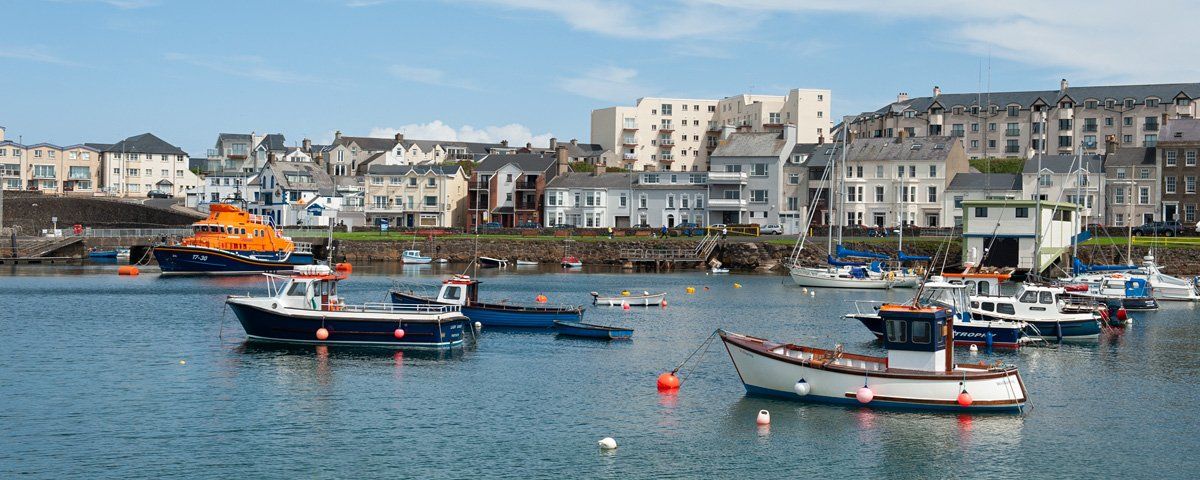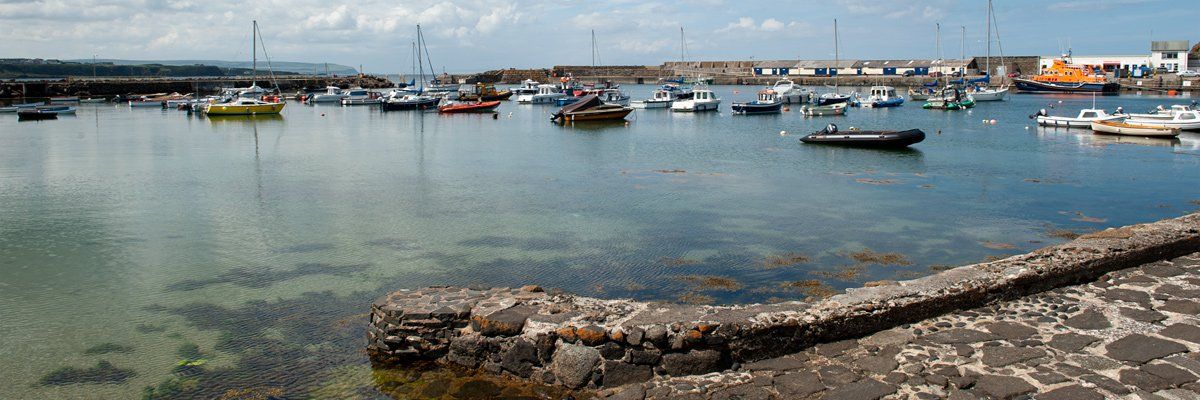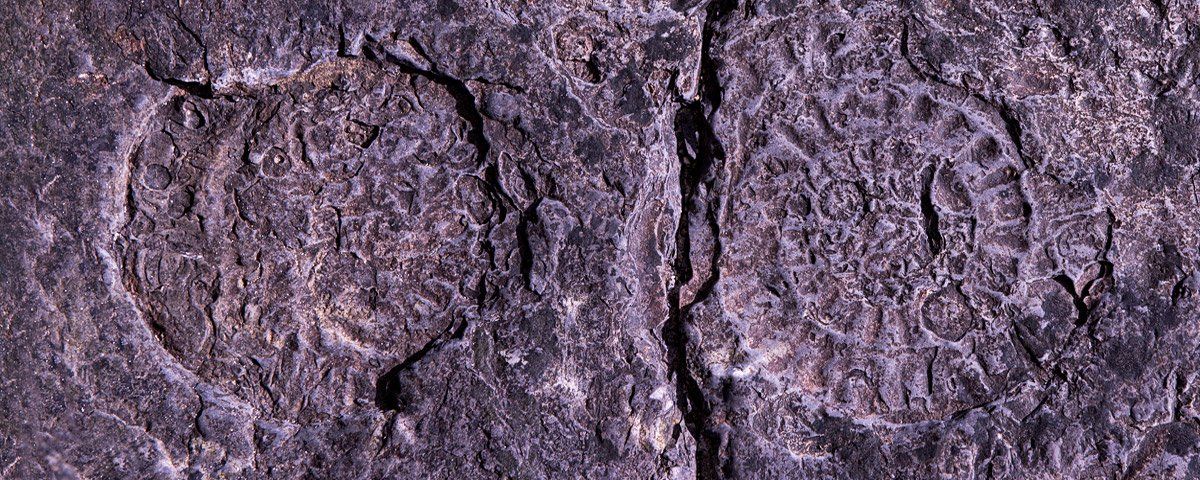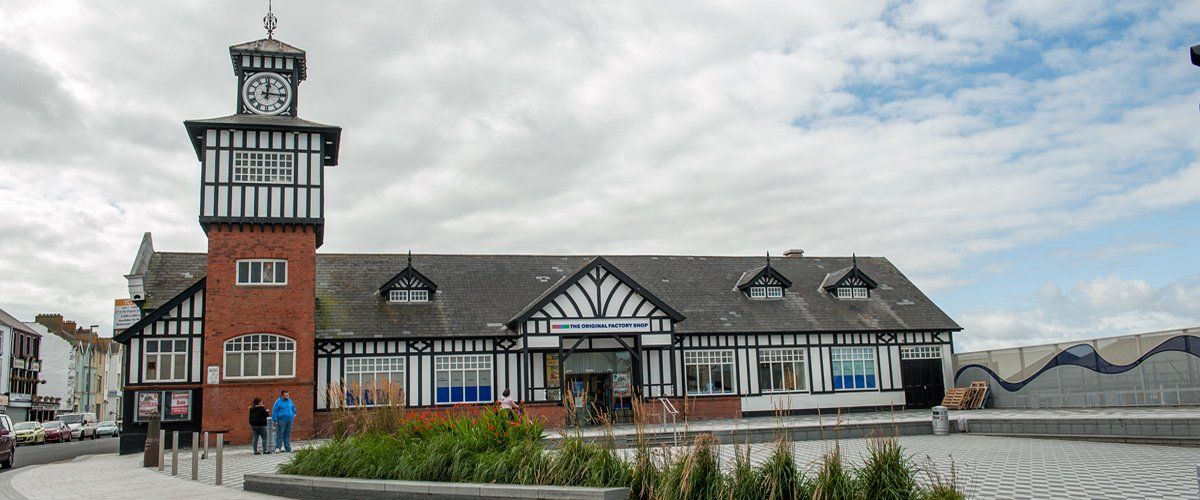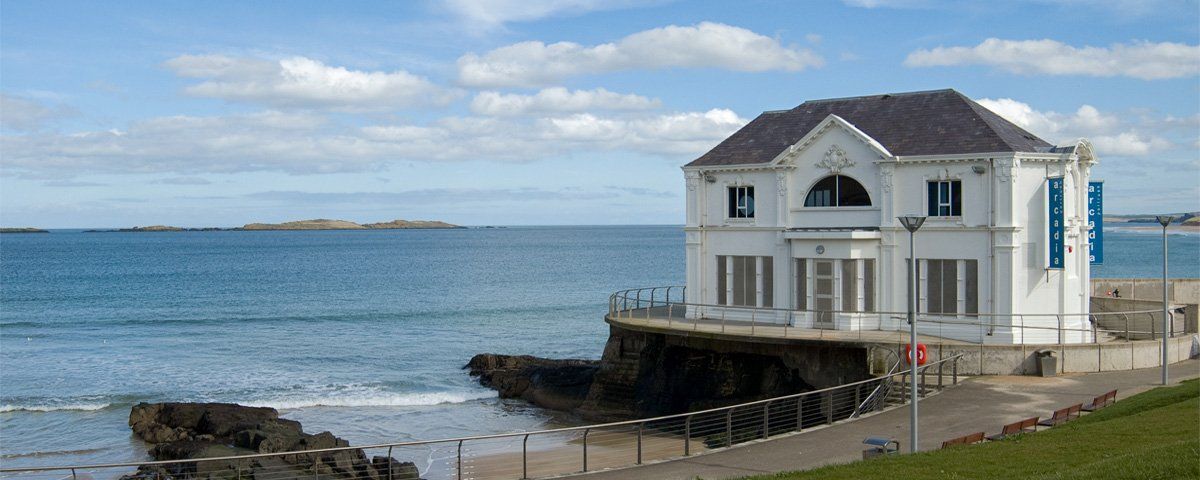Berkeley Deane Wise
Berkeley Dean Wise (1855-1909) was born in New Ross, Co.Wexford. After school in England and Trinity College, Dublin, he became a Civil Engineer and studied under James Price, Chief Engineer, Midland Great Western Railway of Ireland. His first job was as resident engineer for the Navan and Kingscourt Railway followed by a two-year post with the Dublin, Wicklow and Wexford Railway building a tunnel through Bray Head. He then moved to become Chief Engineer for the Belfast and County Down Railway (BCDR). He took up residence at Salem Cottage on the Knock Road, Belfast. After eleven years he took up his role as Chief Engineer for the Belfast & Northern Counties Railway for which he widely associated and known for.
He was an inventive engineer who was forward-thinking in his role, he introduced new ideas and a higher level of safety. One of his first projects in the north was the Quoile Viaduct, he also introduced interlocking signals here and developed with a patent the signalling staff system which carries his name. He joined the Belfast & Northern Counties Railway as Chief engineer in 1888 and spent 18 years with the company until retiring due to ill health in 1906. As well as his routine railway duties he designed numerous stations, a harbour, promenades, footbridges, walks, hotels and also one of the major attractions in Ireland, the Gobbins Walk.
Safety was the priority in his work along with the quality of materials, he opened a quarry at Ballyboyland, Ballymoney with the latest crushing machinery to provide highest grade stone for the track. He carried out major work on York Road Station in Belfast which included a clock tower, concourse, tramway canopy, hotel, offices and store. The renewal of the signalling system was the largest in Ireland at the time to compliment this he designed the new station at Larne for passengers arriving from Scotland and England. He worked with General Manager Edward John Cotton, both men had a vision for the railway and tourism, the combination of their joint vision and abilities developed the Belfast and Northern Counties railway into one of the most unique railway systems of the time.
Whitehead was developed into an excursion seaside town and to create this he designed and constructed the Promenade, importing sand from Portrush by train to create the beach area. His next project took the path from the promenade on along the shore to Black Head, then up the cliff with a loopback round to the shore, along with a tea room known as the Sunshine House. One of the most unique, challenging and visionary project he undertook here was the Gobbins Path Walk which followed the cliffs for two miles, an engineering masterpiece which became known throughout Europe. The path was cut into the rock, through caves and over chasms. The steel cantilever and tubular bridges and steel walkways were built in Belfast and brought on barges to be lifted into place.
Today two of the headlands are named after him, Deane’s Head and Berkeley Point, the full plan was to continue to Heddle’s Port, a distance of 3.5 miles but work stopped due to his illness, a short section was extended to the Seven Sister’s Caves with a suspension bridge. The attraction was very popular more so than the Giant’s Causeway and attracted people from all over Ireland by train, it finally closed in 1940 and fell into disrepair. Another fabulous building he designed was Portrush Railway Station which you can still see today, a Tudor styled building with a clock tower, he upgraded the whole site to include three covered platform along with a Café / Restaurant to facilitate the resort as a tourist location by rail. Portstewart tramway terminus was another of his projects.
At Glenariff in the Glens of Antrim, the beautiful walks, bridges and viewing points along the gorges were all designed by Berkeley Wise including the tea room at the bottom and the little shelter below Ess-na-Larach waterfall which once had coloured glass through which to view the waterfall. The land was leased by the BNCR as part of their tourism development. Visitors would be brought down by jaunting cart or open coaches from Parkmore Railway Station at the top of the glen which was connected to Ballymena by a narrow-gauge railway.
Berkeley Wise made a significant contribution to both the railway system and the infrastructure for Victorian tourism, at the time and was highly regarded for his vision and mannerism. In 1906 he retired due to health issues and came to live with his sister at 18, Salisbury Terrace in Portrush, he died there in 1909 and is buried in the City Cemetery, Belfast. He was a member of the Institution of Civil Engineers in London for most of his life and also a member of the Institution of Civil Engineers of Ireland in which he was Vice President from 1904 to 1906.


